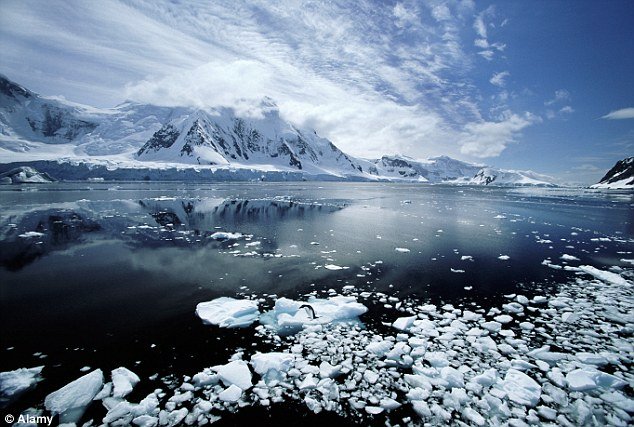-
Tips for becoming a good boxer - November 6, 2020
-
7 expert tips for making your hens night a memorable one - November 6, 2020
-
5 reasons to host your Christmas party on a cruise boat - November 6, 2020
-
What to do when you’re charged with a crime - November 6, 2020
-
Should you get one or multiple dogs? Here’s all you need to know - November 3, 2020
-
A Guide: How to Build Your Very Own Magic Mirror - February 14, 2019
-
Our Top Inspirational Baseball Stars - November 24, 2018
-
Five Tech Tools That Will Help You Turn Your Blog into a Business - November 24, 2018
-
How to Indulge on Vacation without Expanding Your Waist - November 9, 2018
-
5 Strategies for Businesses to Appeal to Today’s Increasingly Mobile-Crazed Customers - November 9, 2018
West Antarctic Ice Sheet Experiencing Heightened Geothermal Heating Toward
Researchers concluded that there is a rapid geothermal heat influx affecting the bottom of the West Antarctic. However, this heat flow is not the reason for the ice melting and loss mentioned in recent studies.
Advertisement
Because they show that this threshold is similar to observed temperatures in the past, they add, “improved estimates of Greenland ice sheet loss for a given local or global temperature increase during past warm periods will thus provide a critical constraint on this threshold”.
Collapsing and melting are incumbent if the volume of heat flows beneath the West Antarctic Ice sheet surpasses certain levels.
According to professor Andrew Fisher of the University of Santa Cruz, the geothermal heat flux is nothing that the ice sheet hasn’t been dealing with since it formed. However, that might help to explain why this ice sheet is not stable.
Fisher also pointed out that the measurement came from just one location. This was also the first time ever that geothermal heat was measured below the ice sheet in West Antarctic and therefore the research team was not sure how localized the geothermal conditions could be.
Researchers from the University of California, Santa Cruz used a probe where they measured the heating flow underneath sediments found in the ice sheet.
Once drilling was completed, the UC/Santa Cruz-built probe was lowered through the “borehole until it buried itself in the sediments below the subglacial lake”.
What does the heat flow mean?
Now this geothermal heating is contributing to the melting of basal ice which is responsible for supplying water to a network of Subglacial lakes and wetlands that scientists have discovered underlies a large region of the ice sheet.
The warmer than anticipated temperatures could also help to explain the diversity of microbial life found in subglacial lakes, as reported in the journal Nature a year ago.
Rather, it looks at geothermal heating as a pre-existent slow-working factor which, combined with a multitude of others may lead to further ice loss in the West Antarctic Ice Sheet. “But this could explain why the ice sheet is so unstable”. The ice gradually flows out toward the edges. However, in the frigid cold of the Antarctic it can have a considerable impact. Recent researches have shown the ice sheet is one of several on the frozen continent that is melting way too rapidly “it’s like a switch was flipped”, the Monitor reported in May. These findings have heightened concerns about the overall stability of the West Antarctic ice sheet. According to the researchers, the amount of meltwater produced at the base of the ice sheet at the drill site is about a half an inch per year.
Advertisement
The National Science Foundation (NSF) is an independent federal agency that supports fundamental research and education across all fields of science and engineering.




























